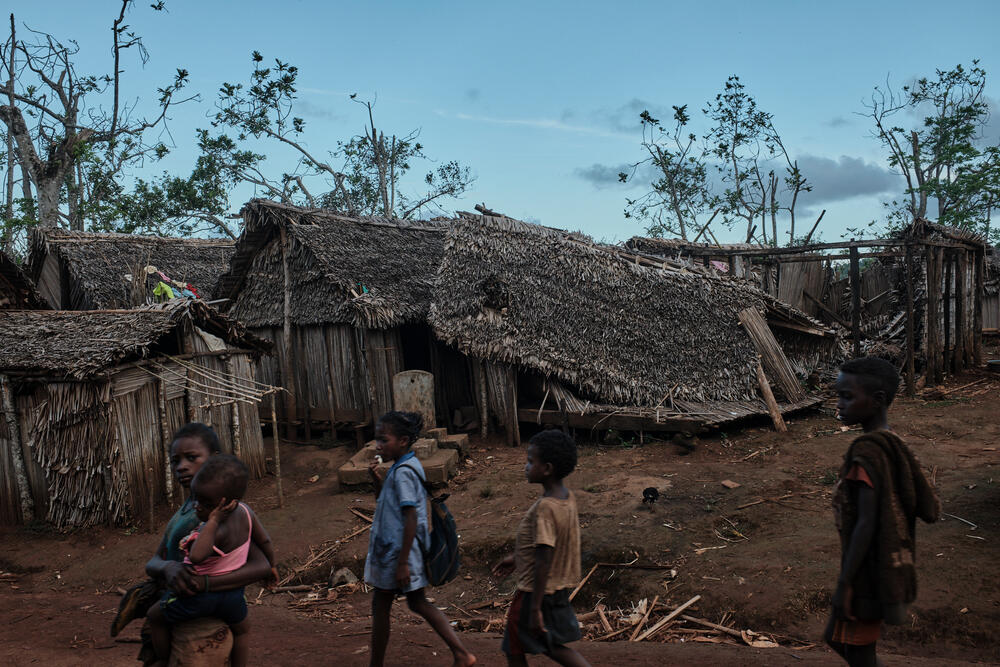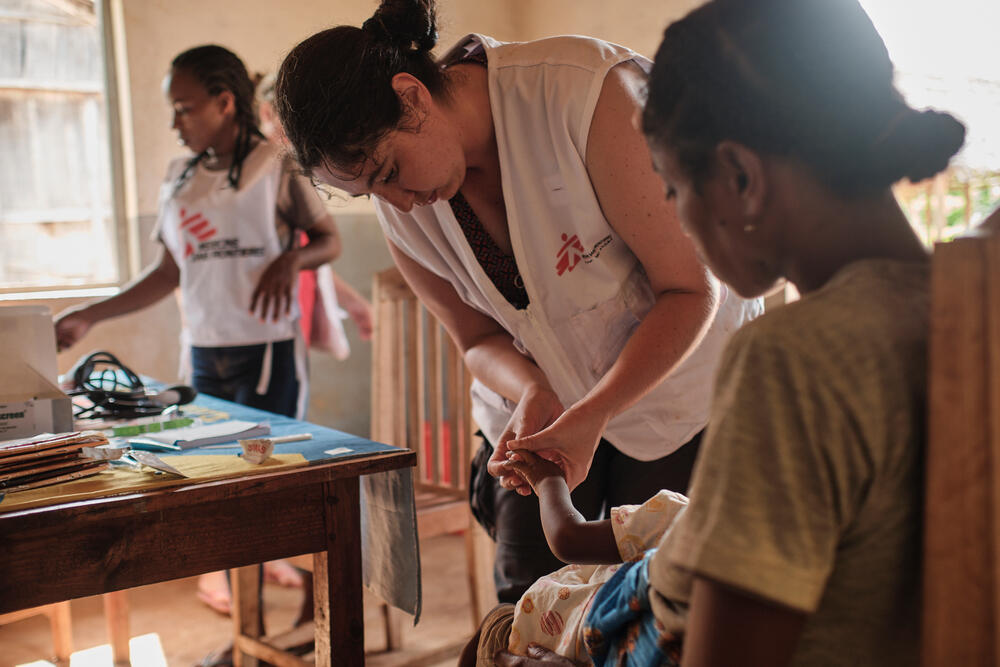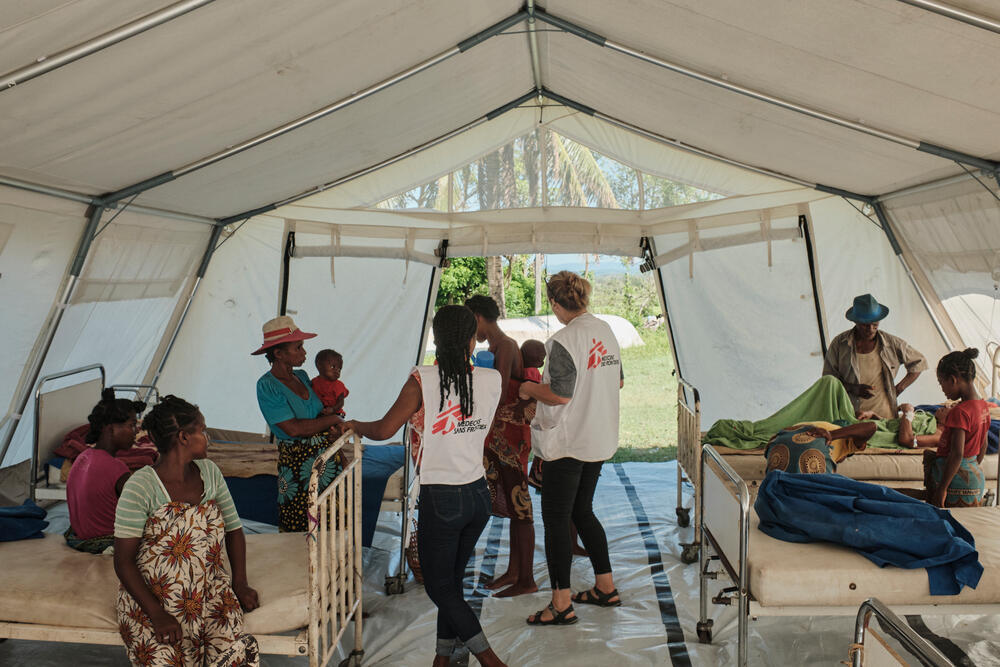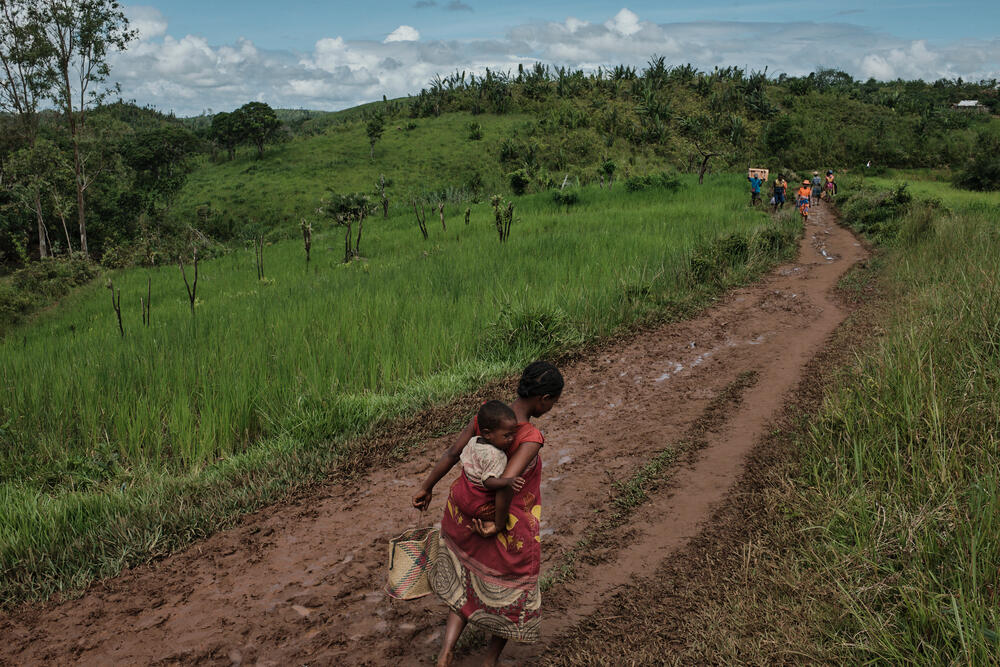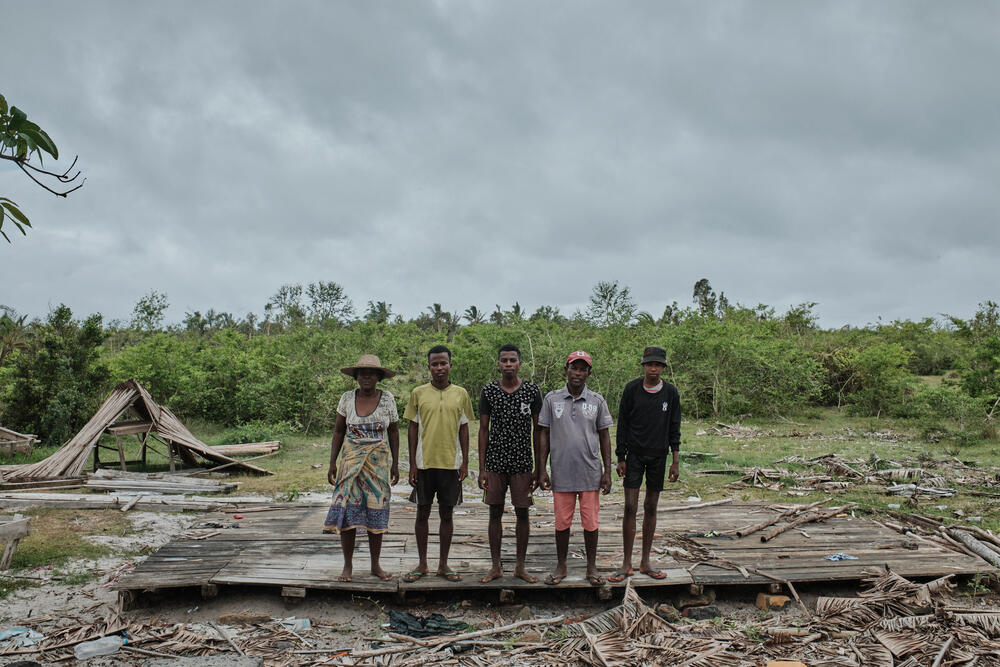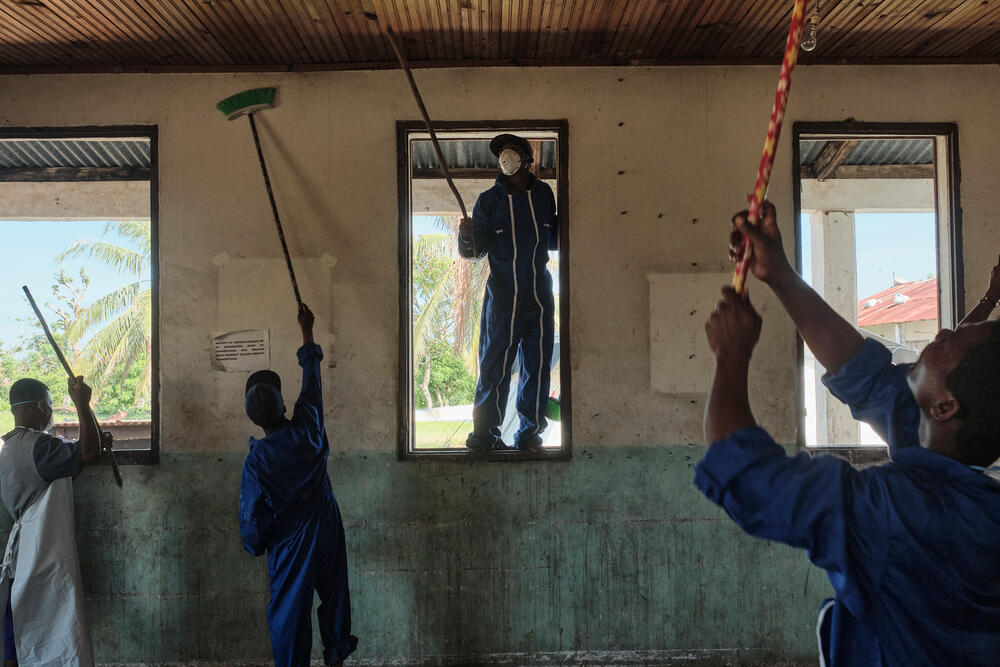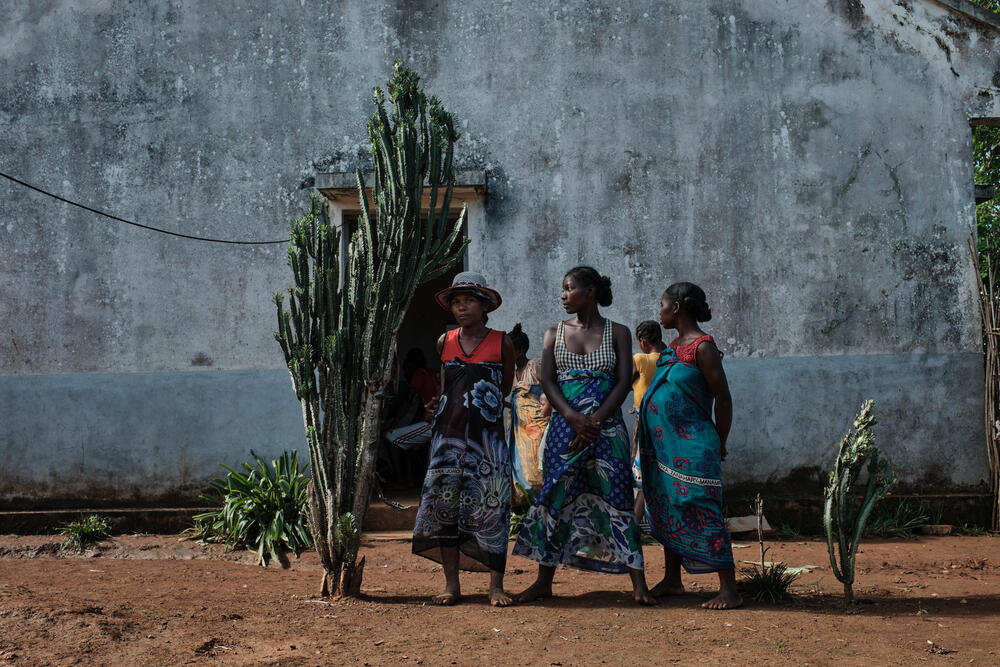Photostory: Surviving climate shocks in Madagascar
MSF teams are helping communities hit by multiple cyclones and a severe drought
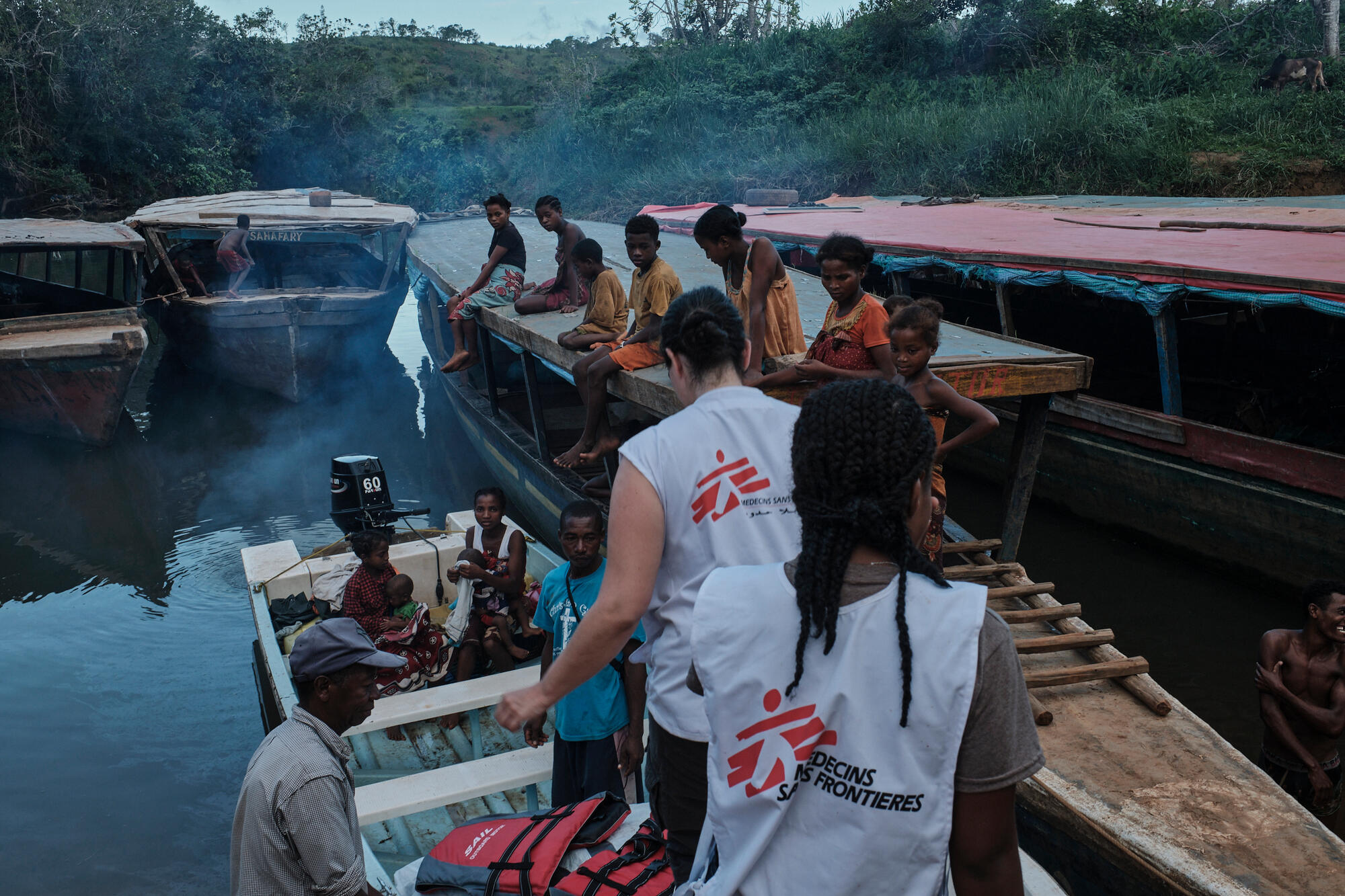
“The two cyclones destroyed my life, my sources of income and my environment”, says Randrianaivo Haingolalao Honorine, who lives in the Madagascan coastal village of Mananjary.
“I don't have a house anymore, it was wrecked by cyclone Batsirai and I haven’t been able to rebuild it.”
Randrianaivo is not the only one facing massive upheaval from the recent cyclones. Between 5 and 22 February, cyclones Batsirai and Emnati hit the east coast of Madagascar, causing widespread damage and destruction.
The cyclones destroyed a number of health centres, reducing the remote community’s already limited access to health care.
More than 300.000 people are estimated to have been affected by the two cyclones.
The cyclones were the latest in a series of climate shocks communities in Madagascar have experienced in recent years. In fact, the country faces extreme weather events regularly.
People in the southern part of Madagascar are just recovering from the effects of an exceptionally severe drought, which caused alarming levels of malnutrition.
The country is affected by tropical storms of varying intensity every year, with February’s cyclone Batsirai being a highly destructive Level Four. Between the end of January and the beginning of March, five tropical storms and cyclones hit the island.
In the aftermath of the cyclones, Médecins Sans Frontières / Doctors Without Borders (MSF) emergency teams began providing health care to people in the remote, isolated coastal district of Nosy Varika, where the local hospital and health centres had been badly damaged.
“It was quite a challenge to bring in assistance,” says Mathilde Guého, MSF emergency coordinator in Madagascar.
“Roads were almost unusable and we had to cross three rivers to get to Nosy Varika. Sometimes the rivers were so full it wasn’t possible at all.”
MSF has been working to rehabilitate the damaged hospital and five health centres. Teams have also been running mobile clinics by boat in places where people had very limited access to healthcare after the cyclone.
Medical teams treat some 345 patients per week, mainly for conditions like malaria, diarrhoea and respiratory tract infections, but also rising numbers of children with acute malnutrition.
Medical care where it's needed most
Help us care for people caught in the world's worst healthcare crises.
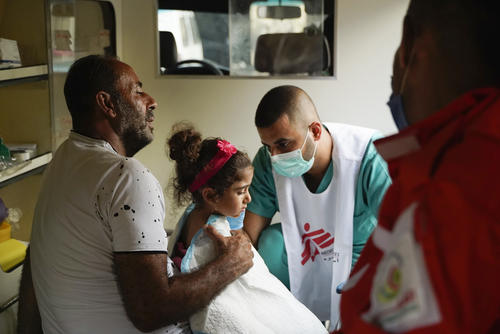
Rondolphe, a boat mechanic and driver from Mahanoro, explains that most people in the area make their living as fishermen and farmers.
“People will find it difficult to get back on their feet – all the crops have been damaged,” he explains.
“And with the changing climate, sometimes dry, sometimes rainy, it has become difficult to grow rice, because when there is a lot of rain, it washes away the crops.”
Fish have also become much harder to find, reducing the income of fishermen by almost 90 percent.
Local community members tell MSF how they are trying to find new means to survive.
Phillipe Randiar, a farmer from Namorona, says he is trying to make and sell bread after all his clove, coffee and rice crops were destroyed and that some farmers have also started to fish.
But considering fish are not plentiful and people cannot afford to buy them anyway, it is hard to be optimistic.
“We’re really concerned about how this will affect people in the longer term”, says MSF’s Guého.
“The ‘lean season’ was at its peak when the cyclones hit and as people have largely lost their sources of income, it’s very likely this will impact their food supply and nutrition, especially as many people here were already so vulnerable.
“We’re keeping a close eye on this and getting ready to help if needed.”
Experts have repeatedly warned that extreme weather events like cyclones will become more frequent and intense due to climate change.
Vulnerable communities like those in Madagascar will continue to be hard hit by repeated climate shocks and struggle to build back each time.
MSF and the climate emergency
The climate emergency is also a healthcare emergency. When extreme weather events occur, it is the most vulnerable people who suffer the most.
This crisis isn’t only about the catastrophic cyclones and typhoons that hit the headlines. This is about the spread of deadly diseases that can follow. The increasing risk of drought and famine. Of rising water levels. Desertification. The mass displacement of people from their homes…
In every way, climate change is a major humanitarian emergency.
